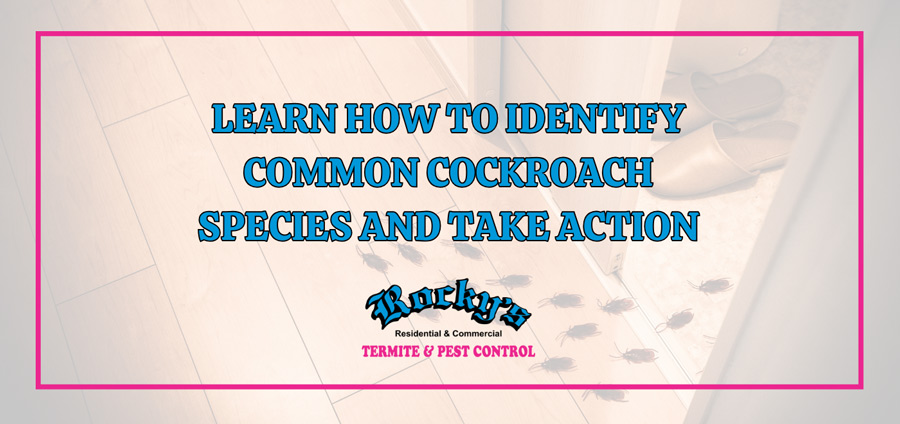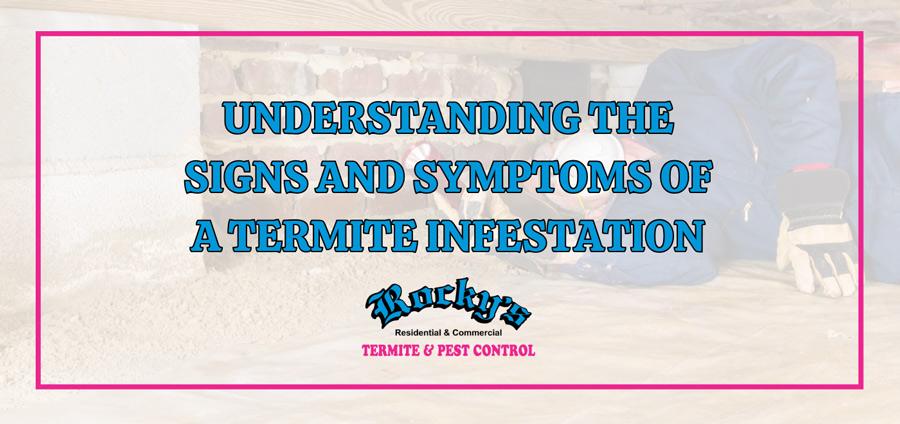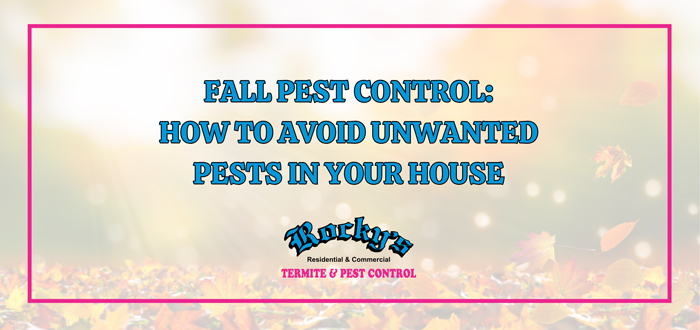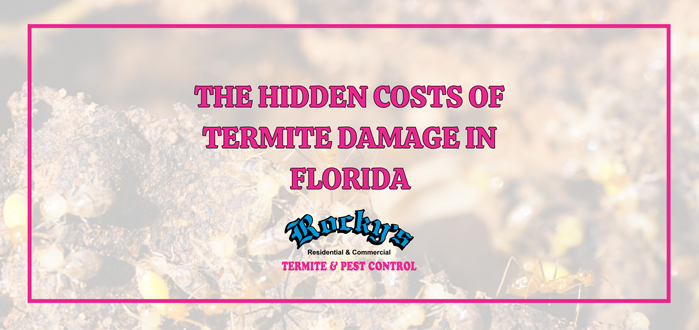Cockroach Identification 101: Learn How to Identify Common Cockroach Species and Take Action
- August 8, 2023
- / Rocky
- / COCKROACHES

Are you spotting creepy crawlies scurrying around your home? It's time to learn how to identify the most common cockroach species so you can take action and send them packing. This comprehensive guide will walk you through Cockroach Identification 101, providing you with the knowledge you need to identify these unwelcome pests.

Are you spotting creepy crawlies scurrying around your home? It's time to learn how to identify the most common cockroach species so you can take action and send them packing. This comprehensive guide will walk you through Cockroach Identification 101, providing you with the knowledge you need to identify these unwelcome pests.
We will explore each species' distinguishing features, habitats, and behaviors from the American to the German cockroach. With this information, you can spot the signs of a potential infestation and take appropriate action to eliminate these resilient insects from your living space.
Our expert tips and advice will empower you to make informed decisions about pest control methods and prevention measures. Say goodbye to sleepless nights and unsightly sightings as you gain the knowledge and confidence to tackle cockroach problems head-on.
Don't let the presence of cockroaches ruin your peace of mind and put your household at risk. Read on to become a cockroach identification expert and take control of your home today.
Why is cockroach identification important?
Cockroaches are more than just a nuisance; they pose serious health risks and can damage your property. Identifying the species of cockroach infesting your home is crucial for effective pest control. Different species have different behaviors and habitats, so understanding their characteristics will help you implement targeted measures to eradicate them.
Additionally, cockroach identification allows you to determine the severity of the infestation. Some species are more prolific breeders than others, and an accurate identification will help you estimate the scale of the problem and take appropriate action.
Common cockroach species

American Cockroach (Periplaneta americana)
The American cockroach is one of the largest cockroach species, measuring about 1.5 to 2 inches in length. They are reddish-brown in color, with a distinct yellowish figure-eight pattern on their pronotum. These cockroaches are commonly found in dark, damp areas such as basements, sewers, and crawl spaces.
American cockroaches are known for their ability to fly, especially in warm conditions. They are also capable of surviving in extreme temperatures and can live up to two years. Due to their size and resilience, a single American cockroach sighting may indicate a larger infestation.
German Cockroach (Blattella germanica)
The German cockroach is one of the most common cockroach species found in homes and commercial establishments. They are smaller, typically measuring about 0.5 to 0.6 inches long. German cockroaches are light brown or tan in color, with two dark parallel stripes running down their pronotum.
These cockroaches prefer warm and humid environments, such as kitchens and bathrooms. They are excellent climbers and can infest cabinets, appliances, and electrical outlets. German cockroaches reproduce rapidly, with each female capable of producing hundreds of offspring in her lifetime.
Oriental Cockroach (Blatta orientalis)
The Oriental cockroach, also known as the "water bug," is a dark brown or black species that measures about 1 to 1.25 inches in length. They have a shiny appearance and are often found in moist areas, such as basements, drains, and damp crawl spaces.
Unlike other cockroach species, Oriental cockroaches are not good climbers and prefer to stay close to the ground. They are more active during the night and emit a strong, unpleasant odor. Oriental cockroaches can survive in cooler temperatures and are often associated with plumbing leaks or excessive moisture.
To prevent and control Oriental cockroach infestations, keeping your home clean and dry is important. Fix any leaks or sources of excess moisture and seal cracks and crevices where they might enter. Regularly clean and sanitize your kitchen and other areas where food is prepared or stored. If you suspect an infestation, contact a professional pest control service to ensure effective eradication.
To prevent and control Oriental cockroach infestations, keeping your home clean and dry is important. Fix any leaks or sources of excess moisture and seal cracks and crevices where they might enter. Regularly clean and sanitize your kitchen and other areas where food is prepared or stored. If you suspect an infestation, contact a professional pest control service to ensure effective eradication.
Brown-banded cockroach (Supella longipalpa)
The Brown-banded cockroach is a small species, measuring about 0.5 inches in length. They have a light brown or tan color with distinctive bands across their wings and abdomen. Unlike other species, both male and female Brown-banded cockroaches have fully developed wings.
These cockroaches prefer warm and dry environments like bedrooms, living rooms, and offices. They are excellent climbers who can infest furniture, electrical appliances, and picture frames. Brown-banded cockroaches are known for their ability to hide their egg cases in hard-to-reach areas, making them difficult to eliminate.
Effective measures to prevent a cockroach infestation
Now that you can identify the common cockroach species, it's time to take action against these unwanted pests. Here are some effective measures you can implement to eliminate cockroaches from your home:
Now that you can identify the common cockroach species, it's time to take action against these unwanted pests. Here are some effective measures you can implement to eliminate cockroaches from your home:
1. Maintain cleanliness: Cockroaches are attracted to food debris and unclean environments. Regularly clean your kitchen, sweep up crumbs, and store food in airtight containers. Pay special attention to areas where cockroaches might find water sources, such as sinks and drains.
2. Seal entry points: Inspect your home for cracks, gaps, and other entry points that cockroaches can use to gain access. Seal any openings with caulk or other suitable materials to prevent them from entering.
3. Remove clutter: Cockroaches thrive in cluttered environments where they can find hiding spots. Declutter your home and remove any unnecessary items that may serve as hiding places.
4. Use cockroach baits and traps: Place cockroach baits and traps in areas where you have seen cockroach activity. These products attract and kill cockroaches, helping to reduce their population.
5. Consider professional pest control: If your cockroach infestation persists or is severe, it's advisable to seek professional help. Pest control experts have the knowledge and tools to eliminate cockroaches from your home effectively.
Identifying the cockroach species in your home is the first step toward effective pest control. But once you have identified the species, taking prompt action is crucial to eliminate the infestation.
Remember, the key to successful cockroach control is a combination of sanitation, prevention, and targeted treatment. If your efforts are not yielding satisfactory results, it's best to seek professional help to ensure complete eradication and prevent future infestations.
Importance of professional pest control in cockroach identification and eradication
Preventing cockroach infestations is crucial for maintaining a healthy and pest-free home environment. Regular professional pest control treatments can help prevent and control cockroach infestations. Pest control professionals have the knowledge and expertise to identify and address potential problems and can significantly reduce the risk of cockroach infestations in your home.
 Termite Troubles: Understanding the Signs and Symptoms of an Infestation
Termite Troubles: Understanding the Signs and Symptoms of an Infestation
 The Ultimate Guide to Bed Bug Extermination: Say Goodbye to Sleepless Nights!
The Ultimate Guide to Bed Bug Extermination: Say Goodbye to Sleepless Nights!
 Fall Pest Control: How To Avoid Unwanted Pests In Your Home
Fall Pest Control: How To Avoid Unwanted Pests In Your Home
 Hidden Costs Of Termite Damage In Florida: How Much Will it Cost to Repair?
Hidden Costs Of Termite Damage In Florida: How Much Will it Cost to Repair?